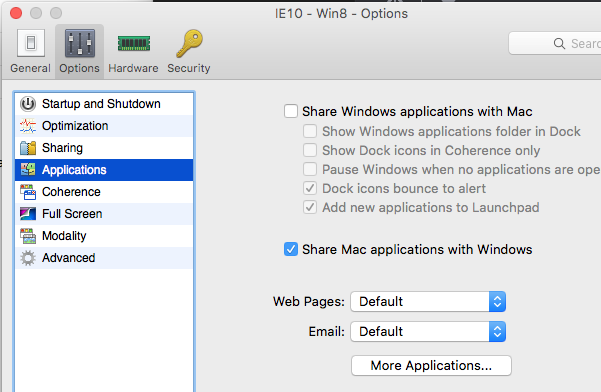

- Parallels client preference file password#
- Parallels client preference file plus#
- Parallels client preference file mac#
To modify an existing client policy, right-click it and select Properties in the context menu.Safe Exam Browser – SEB for macOS opens a web browser window without navigation elements and locks the computer into a kiosk mode, which prevents from switching to other applications or quitting SEB untimely. When done configuring client policies, click OK to save the changes and close the Policy Properties dialog. The Import and Export buttons will not be shown to the user.
Parallels client preference file password#
Option to change the password will not be shown in the context menu for that particular connection. Password is never saved on a disk, but kept in memory until the user closes the application. Option to save the password will not be shown to the user for that particular connection.

To configure connection properties and options:
Parallels client preference file mac#
Parallels client preference file plus#
In the Tasks drop-down menu, click Add (or click the plus sign icon).Other options exist for backward compatibility. The preferred mode is Secure Identifier (default). In the Browse Mode drop-down list, select how you want to browse for users and groups.Make sure the Policy node is selected and then specify a policy name and an optional description.The left pane contains a navigation tree allowing you to select a group of options to configure.Click the Tasks drop-down menu and then click Add (or click the + icon).To view, add, and modify Parallels Client policies, select the Policies category in the RAS console.

All desktop clients (Windows, Linux, OS X) are supported. By adding client policies, you can group users and push different Parallels Client settings to user devices. The Policies category allows you to manage Parallels Client policies for all users on the network who connect to a server in the farm.


 0 kommentar(er)
0 kommentar(er)
